 The Sickness Vol. 1
The Sickness Vol. 1
Writers: Jenna Cha & Lonnie Nadler
Artist: Jenna Cha
Letterer: Hassan Otsmane-Elhaou
Publisher: Uncivilized Books
Publication Date: September 2024
When I first started reading The Sickness Vol. 1, I moved slowly. The book is a five-chapter American period piece, set in The Midwest, and told via dual narratives: one in 1945 and the other in 1955, straddling the end of WWII and the start of the post-war period.
As it begins, it does so with a brief tease of horror to come, an ominous sequence of silent panels that hint at a melting world. But soon, silence gives way violently to a dialogue barrage. Our lead character — and indeed, us as the reader — gets battered by the brutal adolescent male patter of so-called friends. It leaves him (and us) feeling equal parts isolated and constricted, alone in an uncaring situation that is a struggle to understand. And this to me ends up speaking to one of the central characteristic of this book.
This is all to say that The Sickness Vol. 1 has a smart opening that trusts readers to make sense of what’s happening and why, as well as to connect it all to other ideas to come. It’s an opening that’s indicative of how well-done The Sickness Vol. 1 is throughout. And while I started slow, soon enough I found myself compulsively tearing through the pages, immersed in this comic the way I usually read a truly great novel.
And now that I’m done I can confidently say The Sickness Vol. 1 is among the best comics I’ve read this year, a truly cerebral and surprising horror comic that also serves as a strong example of the heights stories can hit in this medium. I absolutely loved this comic, and I can’t wait to read more (it’s due to start up again later this month, with volume two).
This book is co-written by Lonnie Nadler and Jenna Cha, with artwork entirely by Cha, plus lettering by Hassan Otsmane-Elhaou (you may be familiar with this team from the excellent 2020 cosmic horror comic, Black Stars Above). All three do astoundingly-good work in The Sickness, among the best in their respective careers.
Given that it’s comics, Cha’s art is the star of the show. I don’t care if this sounds hyperbolic, these five chapters are a tour de force of comics illustration. The Sickness is as detailed as it is lush, rich with period visuals that feel impeccably researched and perfectly-realized, used always to heighten ambiance and enhance themes (more on those shortly). There’s also a dichotomy to the art , a tense relationship between depicting familiar Americana — a kid riding a bike beside a cornfield, baseball cards in the spokes — and skewing it, turning it all into something awful — a dinner wherein food turns to rocks and needles and fantastical monster parts.
There’s also a slow visual burn. In the first chapter there are hints of horror, but it’s mostly grounded in reality. There’s a crazed woman leering through a window. There’s a wilted pedal suddenly dropping from a plant. There’s a doctor looking at a textbook photograph of syphilis. In the entire first parts, there is by my count only a single panel that breaks with reality. But by part five, both our timelines are immersed in deep horror imagery, ranging from an autopsy that finds a gnarled brain to a teenager whose entire world has been overcome by melting faces and phantom insectoid monstrosities.
Which is all in keeping with the themes of the book, the central one being a mysterious illness that can be mistaken for any number of more overt maladies. I read this as an allegory for figuring out pressure points in a society writ large. It crosses over at various times with other themes around PTSD, the prisons, military profiteering, nuclear warfare, toxic masculinity, the fallibility of tech with destructive potential, religion, and on and on. But to me, this is really a book about fear, about misunderstanding the unique challenges we face without discussion, about how we’re all going through similar things (to an extent) but we don’t do the work to face them together.
This is played out too in the way the scripting blends our two narratives. In the first chapter, they are clearly delineated by caption boxes that tell us what year it is. This slowly breaks down and fades away. By chapter three, the two narratives are sharing pages. By chapter four they’re sharing tiers.
But it’s not just the structural scripting that’s strong here. The writing is also powerful and poignant. This is a dense book, but once you get into it, it ceases to feel that way. All the text earns its way in, enhancing and adding to the visuals. Scripting this book was clearly a painstaking and thoughtful process, one that pays off.
And, really, none of that works without a masterclass in lettering from Otsmane-Elhaou. No page feels overwhelming, not even a little, despite the text-heavy pages. The lettering blends seamlessly into the world of the story, never taking you out of it. I found the lettering choices particularly excelled in the series of panels where the the reader is looking through a window or beyond a curtain, creating a sense that we don’t hear or know all that’s happening in our neighbors’ homes, not really.
Again, I absolutely loved this book. It’s destined to make Best Comics of 2024 lists (or at least mine). It is, essentially, the cerebral horror comic you’ve been looking for, a deeply-terrifying surprise of a book that you won’t be able to put down once you’ve gotten lost in its many layers.
The Sickness Vol. 1 is available now from Uncivilized Books.
Check out The Beat’s reviews section for more trade collection and graphic novel reviews!


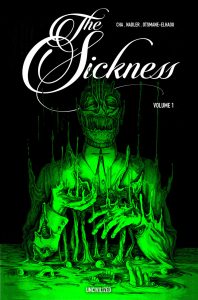
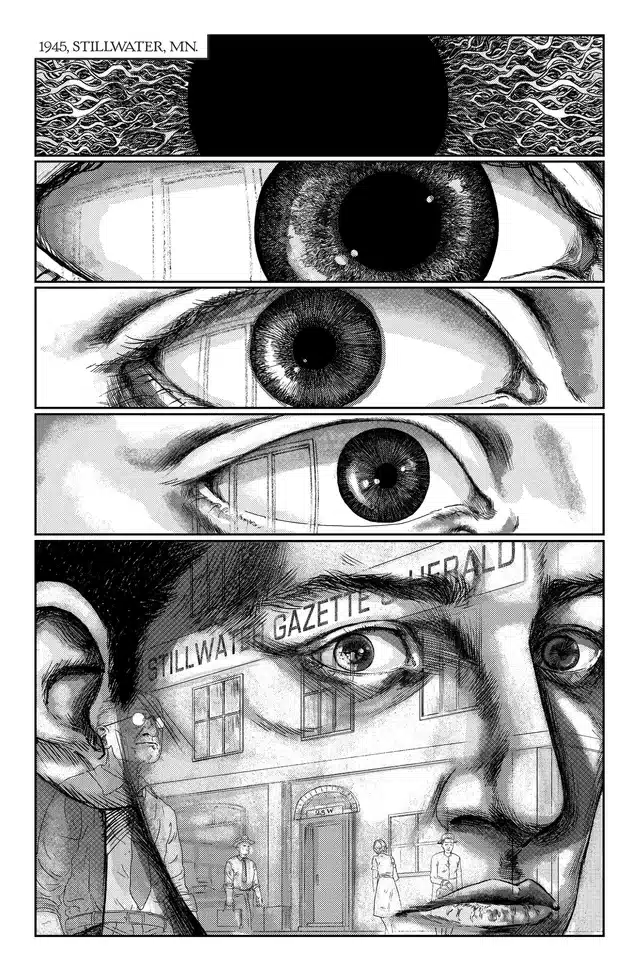
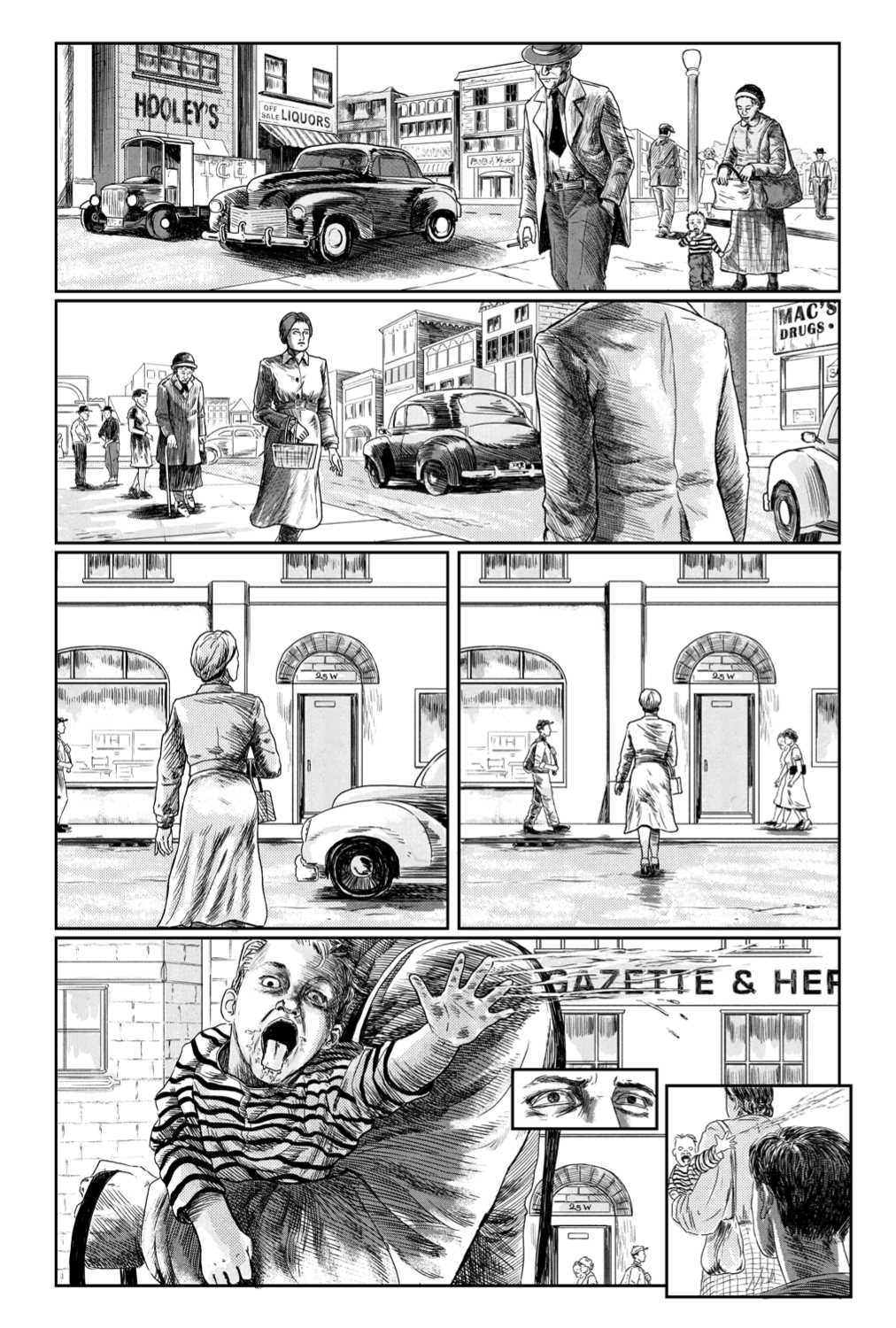
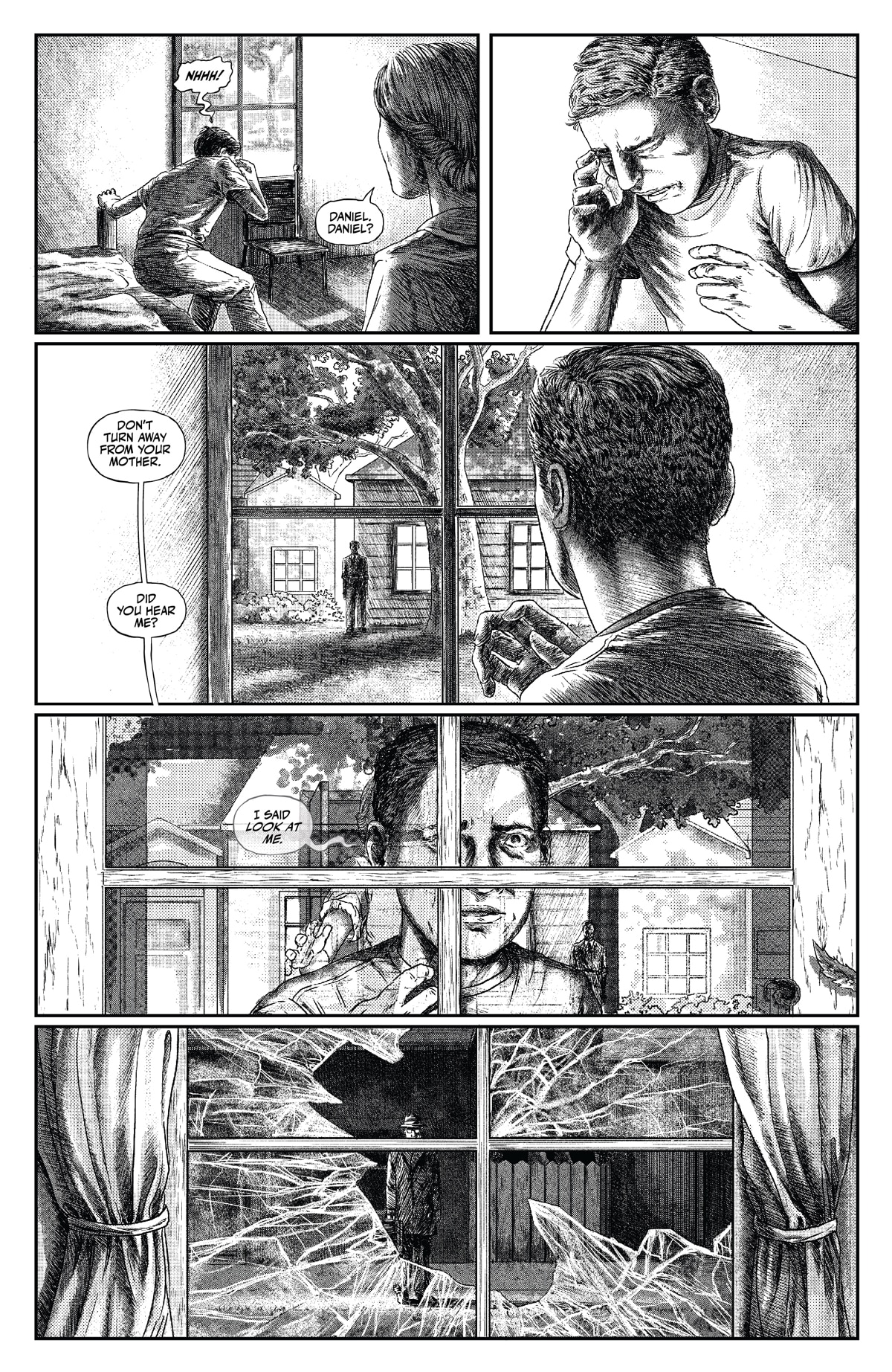


















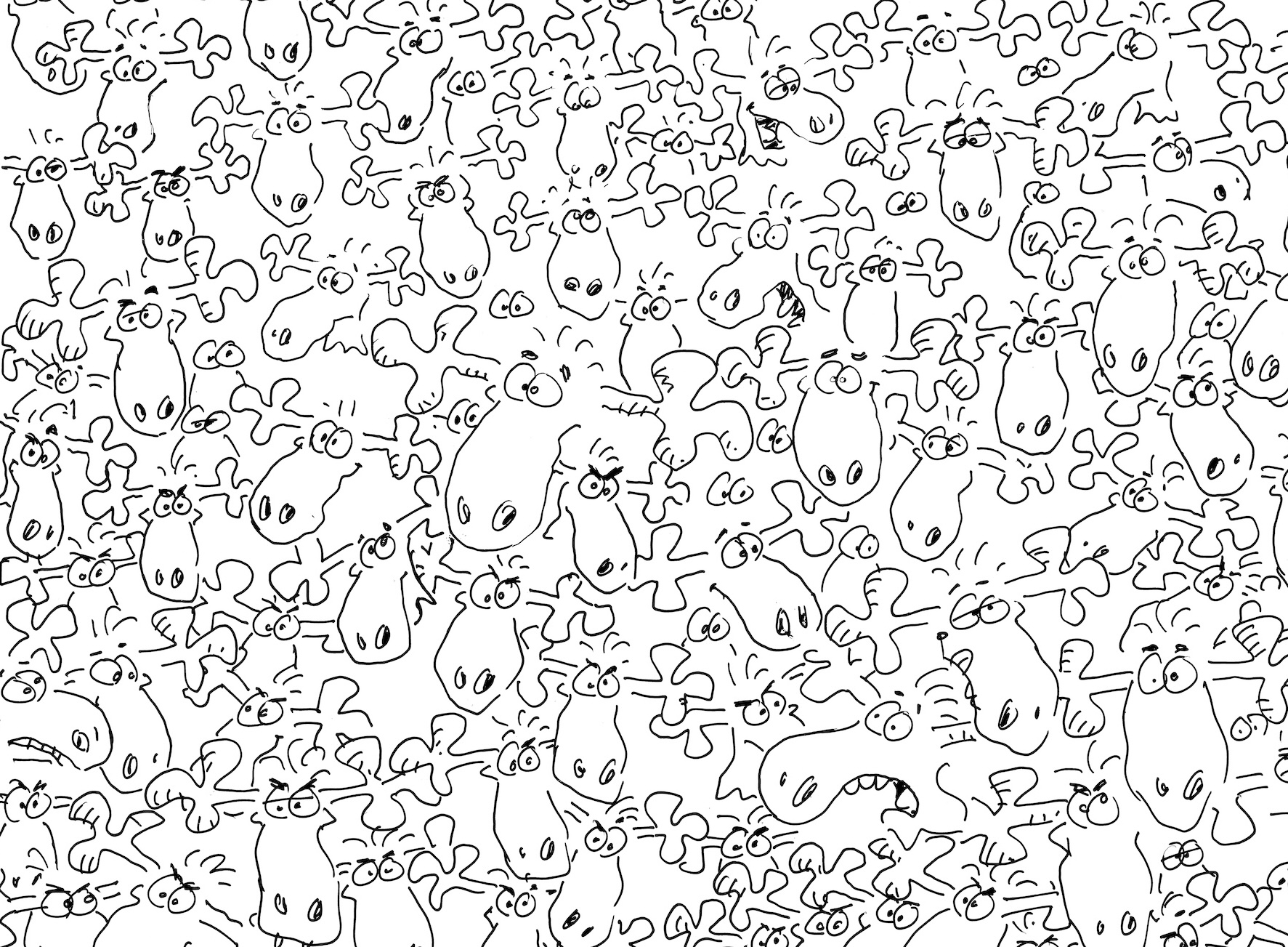
 English (US) ·
English (US) ·